Can You Grow Catnip in Your House if You Have a Cat?
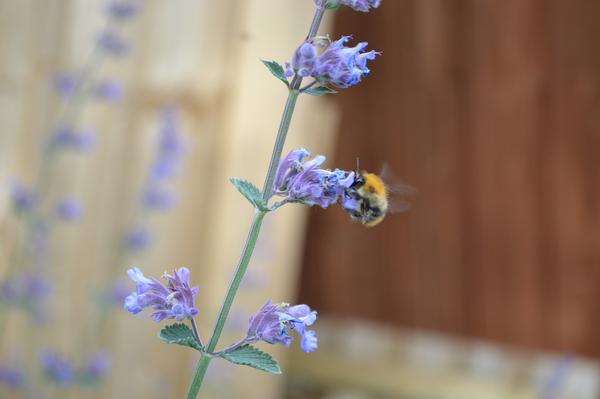
Ever wondered if you can grow catnip in your house even if you have a cat?
Does the idea of your furry friend's safety keep you up at night? 😺
I get it, you want to provide the best for your cat without compromising their well-being.
But fear not, my friend, because today we're going to tackle this question head-on.
So, ready to discover the truth about growing catnip in your house and keeping your furry companion happy?
Let's dive right in!
Caring for and Growing Catnip Indoors
Want to grow catnip indoors?
It's a fun and rewarding experience for both you and your furry friend.

Here are some practical tips to help you out:
- Make sure the pot has good drainage by putting gravel or small pebbles at the bottom. This way, water won't collect and cause root rot.
- Use sandy soil that drains well. Catnip loves direct sunlight, so place it in a spot with full light.
- Spring is the best time to plant catnip when the soil is at least 60 degrees Fahrenheit (15 degrees Celsius). This gives the roots enough time to establish before summer.
- Keep pruning catnip regularly to encourage leafy growth and new stems. Removing flowers will also promote more leaves.
- Don't bother fertilizing catnip. It actually thrives in poor soil conditions, so fertilizer can hinder its growth.
- Guess what? Catnip is safe for both cats and humans! It has lots of health benefits like reducing anxiety and aiding digestion. Plus, it repels pests and attracts pollinators. 😺
With these straightforward guidelines, you can ensure a constant abundance of new catnip and establish a relaxing area for your furry companion.
Main points I'll expand upon further down this article:
- Growing catnip is cost-effective and can be propagated easily.
- Pinching off blooms can encourage a second bloom or bushier plant.
- Catnip can cause vomiting, diarrhea, and overstimulation in large quantities.
- When repotting catnip plants, increase pot size and use fresh soil.
- Catnip can be propagated using leaf-tip cuttings or seeds.
- Regular watering and light fertilization are essential for catnip plants.
- Catnip can induce playfulness and relaxation in cats.
- Catnip can be used as a training tool and reward for positive behavior.
- Catnip should be used in moderation to avoid digestive issues.
- Harvest catnip when finished blooming and store it correctly to maintain freshness.
But wait, there's more!
In the next section, we'll explore how to propagate catnip and share essential tips on watering, fertilizing, and finding catnip seeds or plants.
Plus, we'll uncover the potential downsides of catnip if given in large quantities.
Stay tuned for all the juicy details!
Buying and Propagating Catnip Plants
If you're thinking about buying and propagating catnip plants, you've come to the right place!
Here are some tips to get you started:
- Look for local gardening clubs or plant exchanges where you can swap catnip cuttings with other gardeners. This helps diversify the genetic pool of your plants.
- Catnip can be propagated through leaf tip cuttings, division, or seeds. Choose the method that works best for you.
- Pinching off blooms can encourage a second bloom or create a bushier plant. So don't be afraid to get your fingers dirty!
- Be cautious about giving cats too much catnip, as it can cause vomiting, diarrhea, and overstimulation of their nervous system. Moderation is key!
- When repotting small catnip plants, increase the pot size and use fresh potting soil. Take care not to damage the roots in the process.
- Consider using rooting hormone when propagating catnip. It can increase your chances of success.
- Regular watering and light fertilization are essential for healthy catnip plants. Give them the love they deserve!
- You can find catnip seeds or plants at local nurseries or pet stores. They come in various containers, perfect for adding some greenery to your indoor space.
Now you have all the information you need to grow catnip successfully.
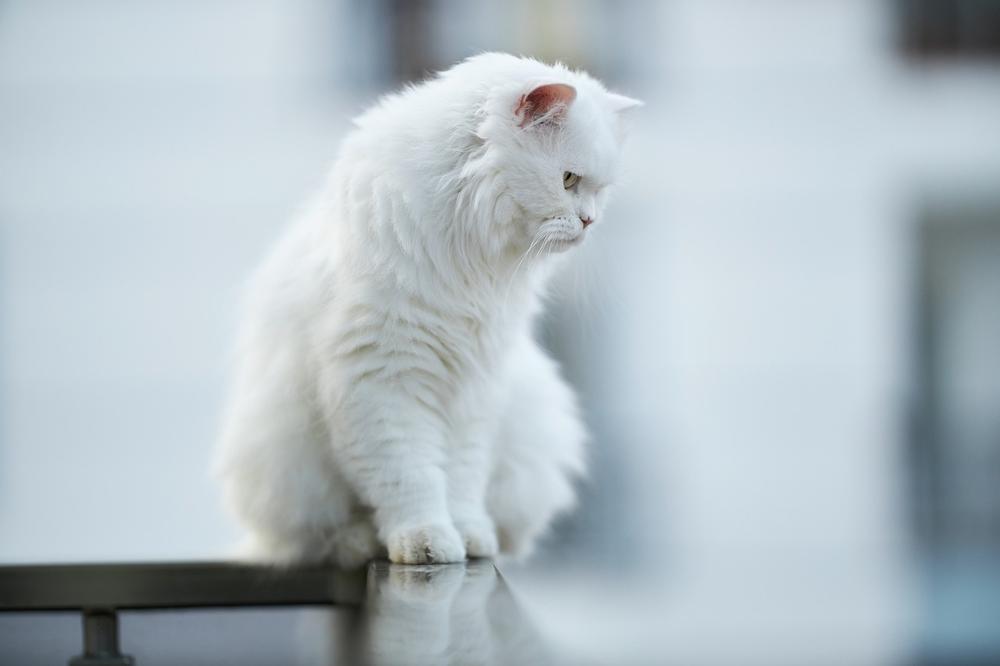
Happy gardening!
Now that you have learned how to successfully grow catnip, it's time to explore the fascinating effects this plant can have on your furry companion.
So, how exactly does catnip benefit cats?
Let me share with you some intriguing insights and surprising health perks!
Catnip: Training and Offering to Your Cat
Using catnip for cat training
If you want to train your cat, try using catnip as a reward.
It's an effective tool to reinforce positive behaviors in your furry friend.
But be careful not to give too much of it, as that can cause digestive issues in cats.
Use it sparingly.
Not all cats will respond to catnip
Here's the thing:
Not every cat will be affected by catnip.
Some cats won't show any interest at all, while others may have a delightful euphoric response.
It all depends on their genes and age.
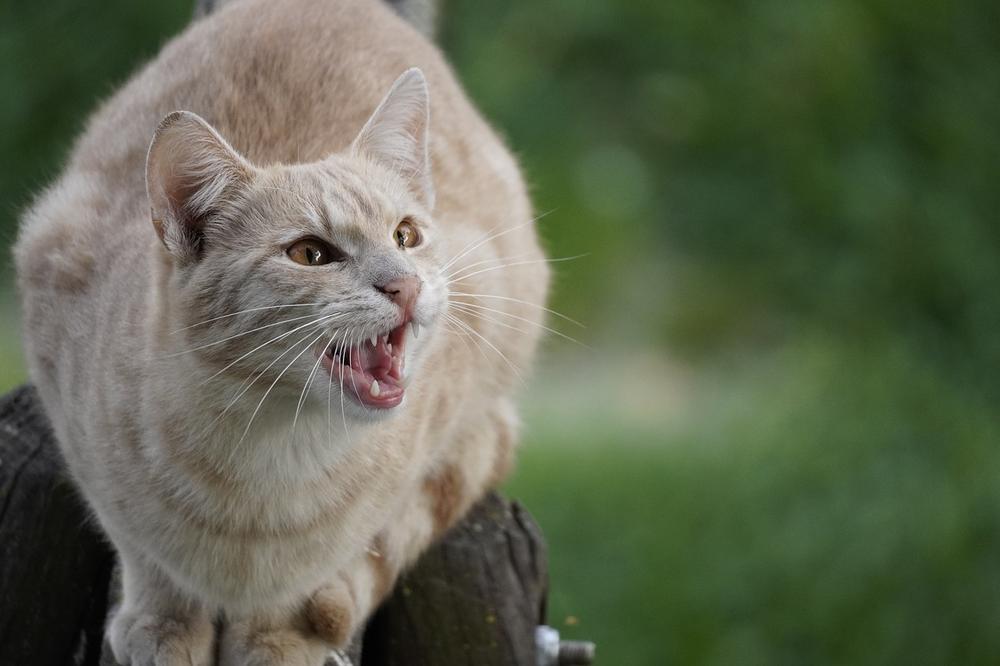
Cats under two months old might not respond because they aren't mature enough yet.
If your cat does respond, get ready for some playful and relaxed moments.
The essential oils in catnip act as stimulants and can trigger that mild euphoria I just mentioned.
Catnip has its benefits
Oh, and did you know that catnip isn't just for entertainment?
It also offers health benefits for your cat. Many cat lovers have reported that it helps reduce stress and anxiety in their feline companions.
It can even aid with digestion and help with certain skin disorders. Just ensure not to let your cat eat the entire plant, as that could lead to digestive problems.
Keep the catnip plant enclosed to protect it from excessive grooming.
And if you're interested in further enhancing your cat's well-being, I suggest exploring the benefits and differences of cat grass and wheat grass in my article Cat Grass vs Wheat Grass.
It's a comprehensive guide that will help you make an informed decision on which option is best for your feline companion.
Take a moment to dive into the world of lush greens and discover how they can contribute to your cat's overall health and happiness.
Harvesting and Storing Catnip Leaves
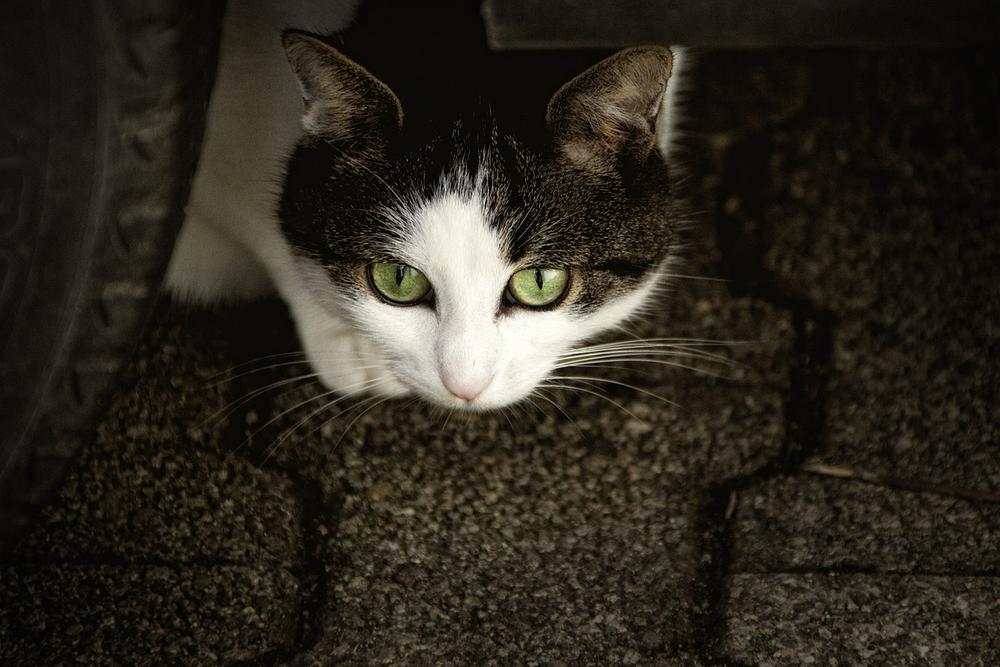
When it comes to harvesting and storing catnip leaves, here's what you need to know:
- Harvest the leaves when the plants are between 12 to 18 inches tall. The best time is in the late morning on a dry day after blooming.
- Dry the leaves and flowers properly by choosing a cool, dark, and well-ventilated area. Spread them out in a single layer for even airflow.
- Store the dried leaves and flowers in airtight containers to keep them fresh and effective as repellents.
- Make a natural flea and tick repellent by infusing catnip leaves in olive oil. Just add a handful of leaves to olive oil and let it sit for a few weeks. Strain before using.
- Apply the catnip-infused oil sparingly to your cat's coat for protection. Don't go overboard, cats might find the scent too strong.
- For longer-lasting freshness, freeze the catnip in an airtight container. This way, you can always give your cat organic and pesticide-free catnip whenever they need it.
With these tips, you can maximize your catnip harvest while keeping your cat happy and safe.
Making Dried Catnip for Your Cat
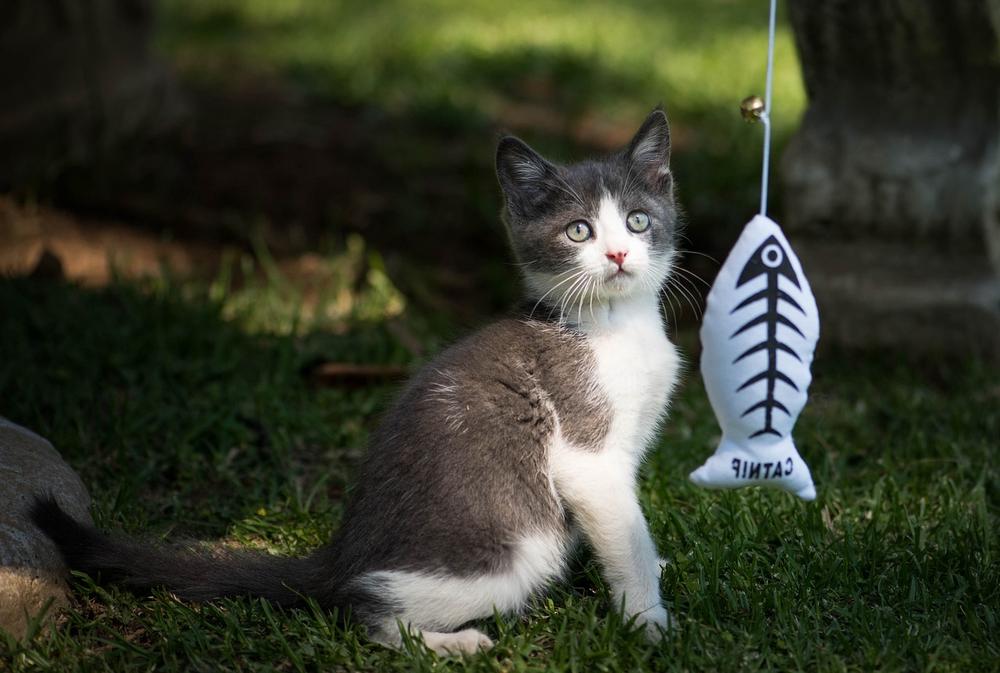
Here's how you can make dried catnip for your cat:
- Find fabrics with different textures for the pouches.
- Cut the catnip stems and hang them upside down in a warm, dark place that has good airflow.
- Make sure the catnip is completely dry before using or storing it.
- Keep an eye on the catnip to avoid any moisture or mold issues.
- Gently crumble the dried catnip leaves into a separate container.
- Test how strong the catnip is by giving it to your cat.
- Observe your cat's reactions to see if they really like it.
- Fill the fabric pouch with the dried catnip leaves.
- Sew the pouch tightly so no catnip can escape.
- Finally, give the homemade catnip toy to your furry friend and watch them have endless fun and excitement. 🐱
And speaking of maintaining the health of your catnip plants, let's delve into a few important considerations to please bear in mind when it comes to companion plants and addressing potential pests...
Common Issues and Troubleshooting with Catnip Plants
Plant companion plants like lavender or rosemary alongside catnip to deter cats from indulging excessively and to prevent digestive problems. Catnip is also susceptible to pests such as aphids, mealybugs, scale, and whitefly. Take action early on to protect your plants from these invaders.
Remember not to over-mist the catnip, as excessive moisture can lead to mold growth.
Since catnip is vulnerable, it may be necessary to use natural pest control methods. Please keep in mind that addressing pests promptly will help ensure the health of your catnip plants and keep your feline friends happy.
And that wraps up today's article.
If you wish to read more of my useful articles, I recommend you check out some of these: Can Cats Drink Bottled Water, Can Cats Eat Wheatgrass, Can Cats Eat Basil, Can Cats Have Coconut Oil, and Can Cats Drink Alkaline Water
Talk soon,
-Sarah Davis